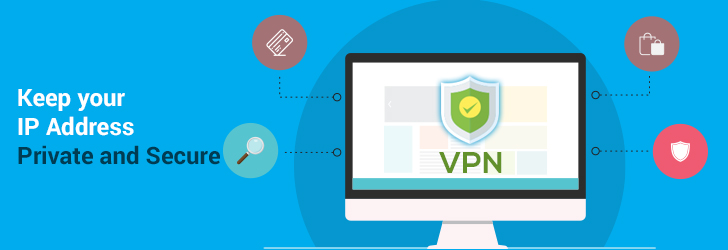
Have you ever visited a website, filled up your cart, then left the website before completing your purchase — only to see an ad elsewhere online for that website the next day? IP Retargeting is a marketing tactic used by many industries. Websites can keep records of the IP addresses window shopping their pages, then target ads to those IP addresses in an effort to gain its patronage. Instead of broad advertisement strokes which may or may not reach the right audience, targeting specific IP addresses speaks to an audience most likely to revisit the website and complete a purchase.
Other methods of ad or price targeting rely on your geolocation, too. A growing number of companies are joining their physical marketing campaigns with digital campaigns. They match your physical address with your IP so they can target ads both traditionally and digitally. Banks can target you based on the equity in your home, politicians can target you based on your IP's jurisdiction, and some websites can even alter their prices based on your IP address location.
Based on IP and cookie information collected, ads can follow you from device to device, maximizing visibility as they track you across platforms. Some proponents of personal privacy wonder whether this sort of ad targeting is too invasive, but the practice of IP targeting is only likely to increase given it has been overwhelmingly useful for companies who utilize IP targeting capabilities.
To help avoid this sort of ad targeting, connect to a VPN such as VyprVPN before you go online. Not only can you choose your preferred location, but the VPN will encrypt your connection, so third-party snoops can't eavesdrop on your activity. Additionally, most browsers offer a setting to automatically clear your browsing history and cookies after every session.
Disclaimer: We receive compensation when a purchase is made from the referred link. Our recommendation is based on our research and positive feedback we received from the users who've used the services.
Share this post
Leave a comment
All comments are moderated. Spammy and bot submitted comments are deleted. Please submit the comments that are helpful to others, and we'll approve your comments. A comment that includes outbound link will only be approved if the content is relevant to the topic, and has some value to our readers.

Comments (0)
No comment